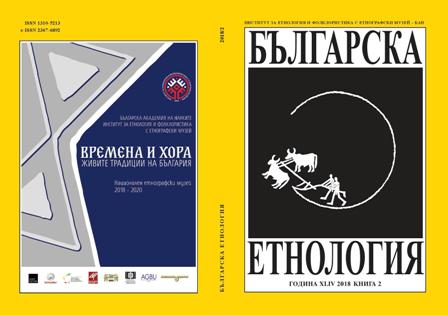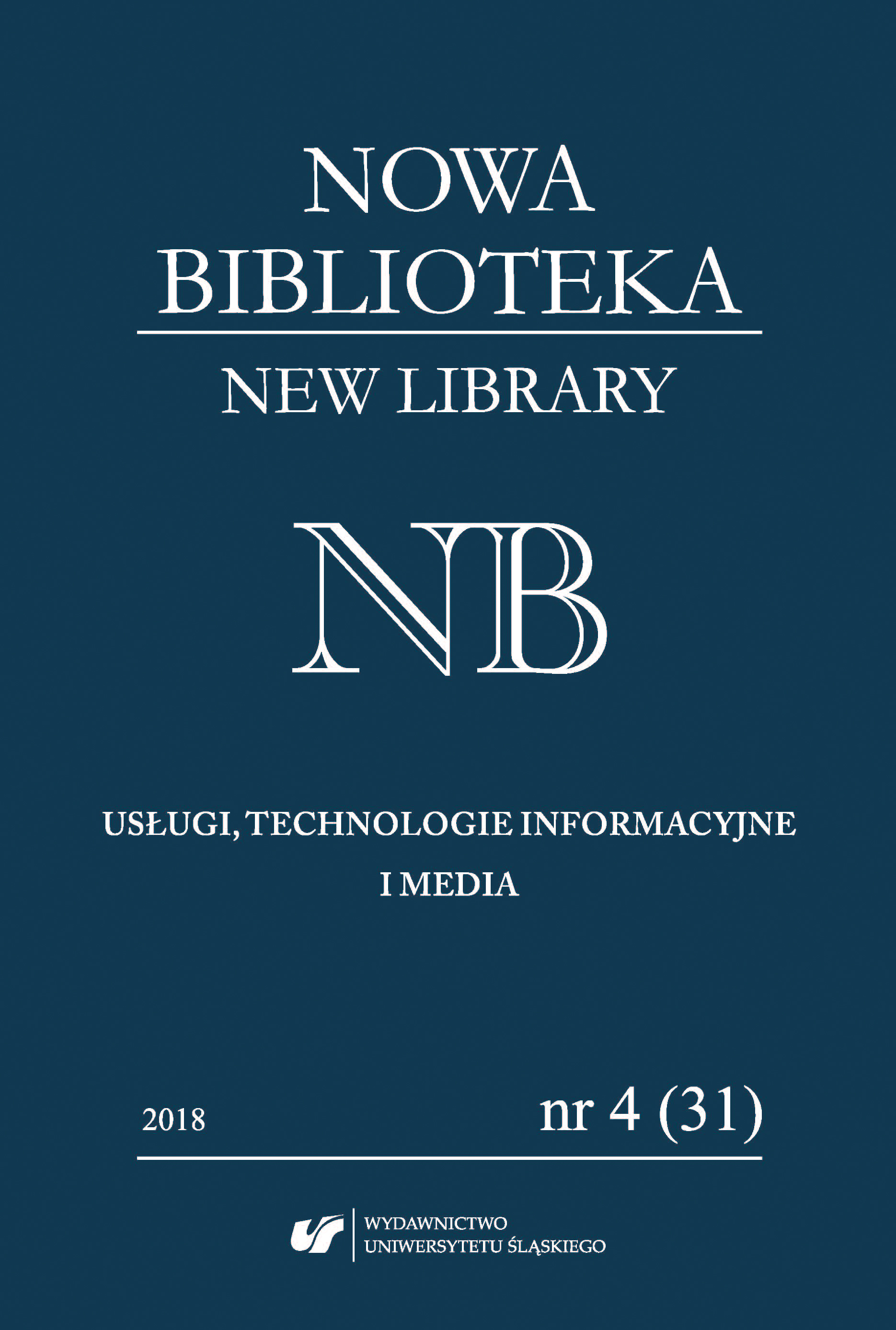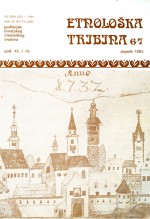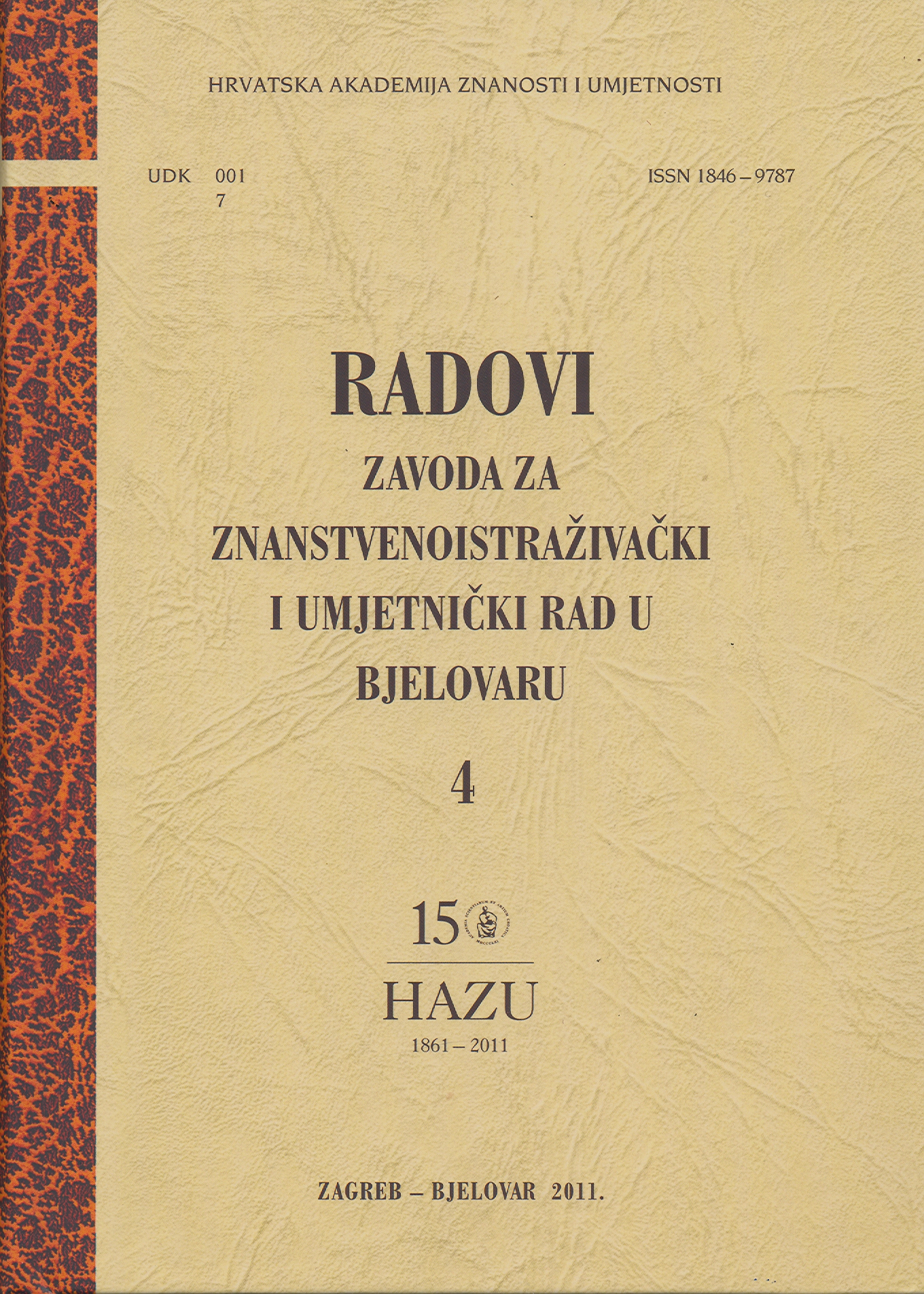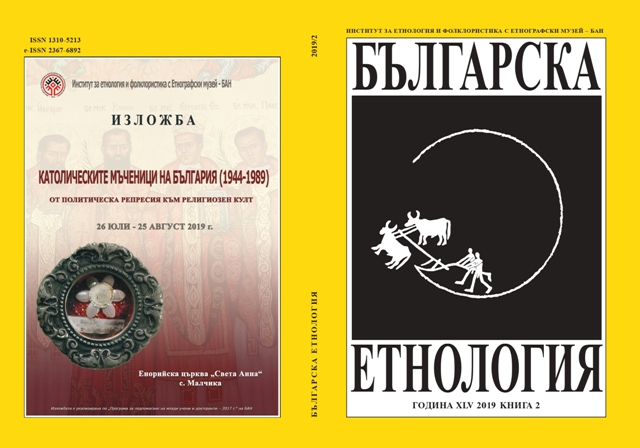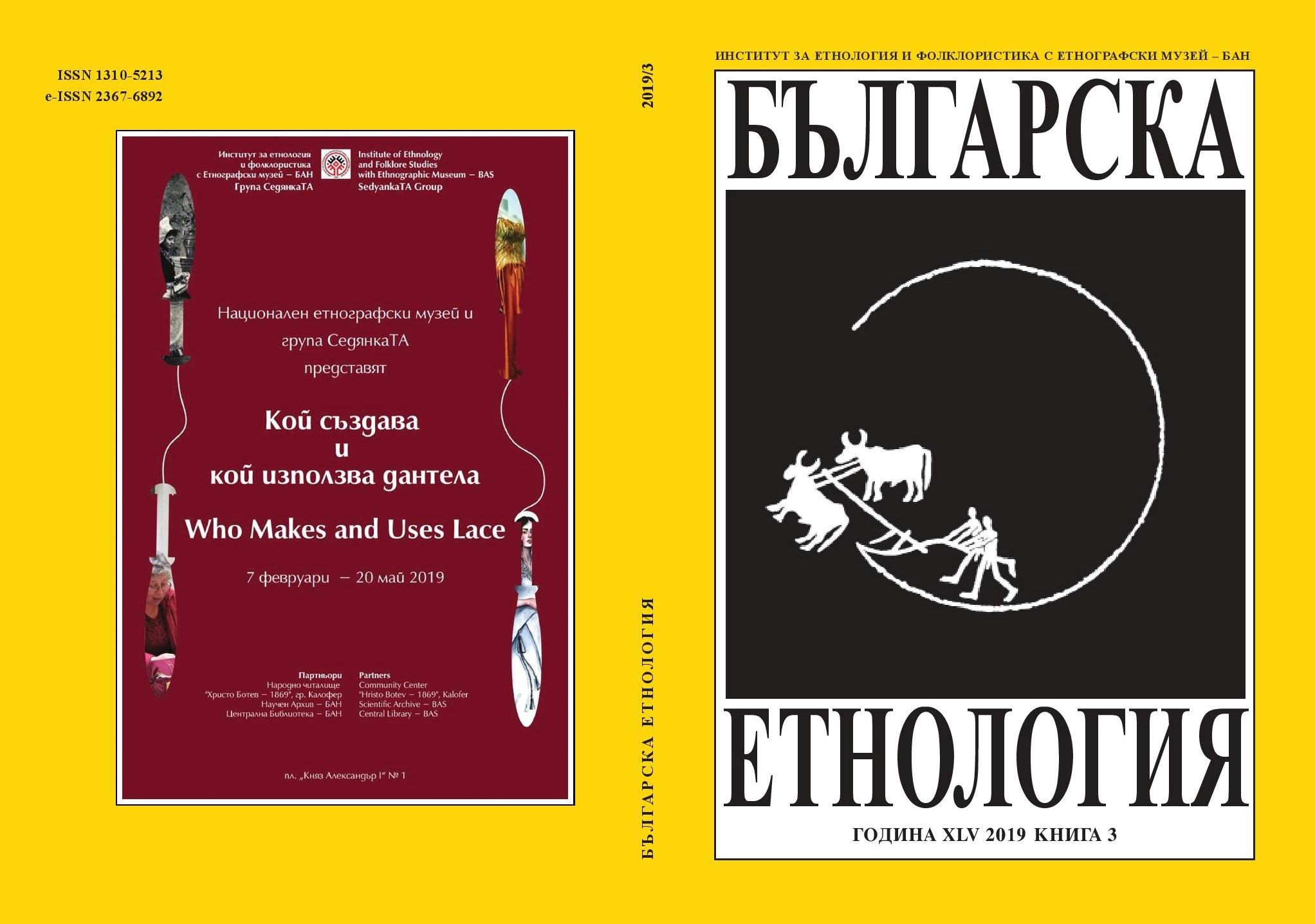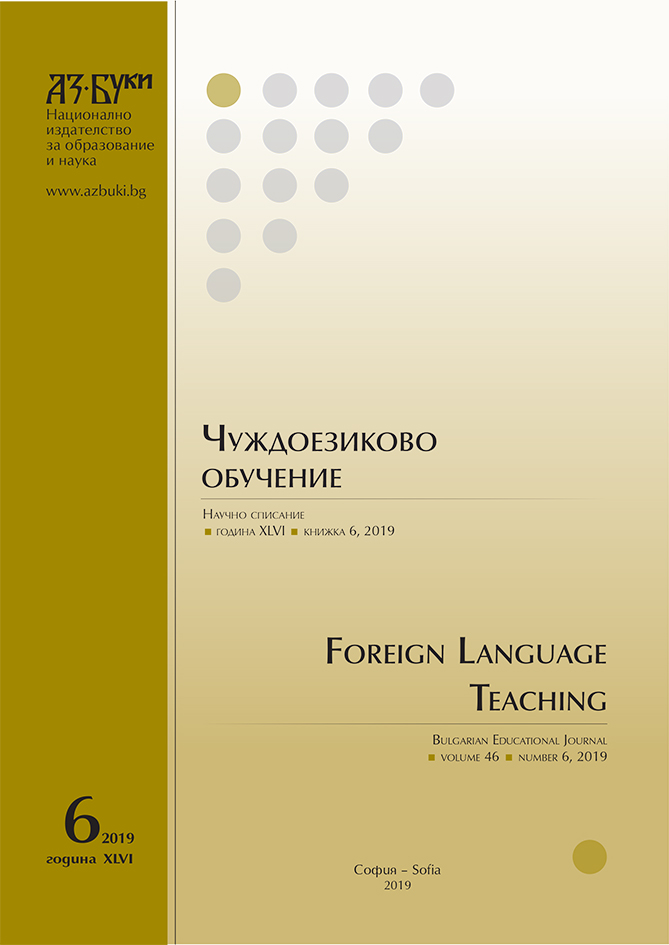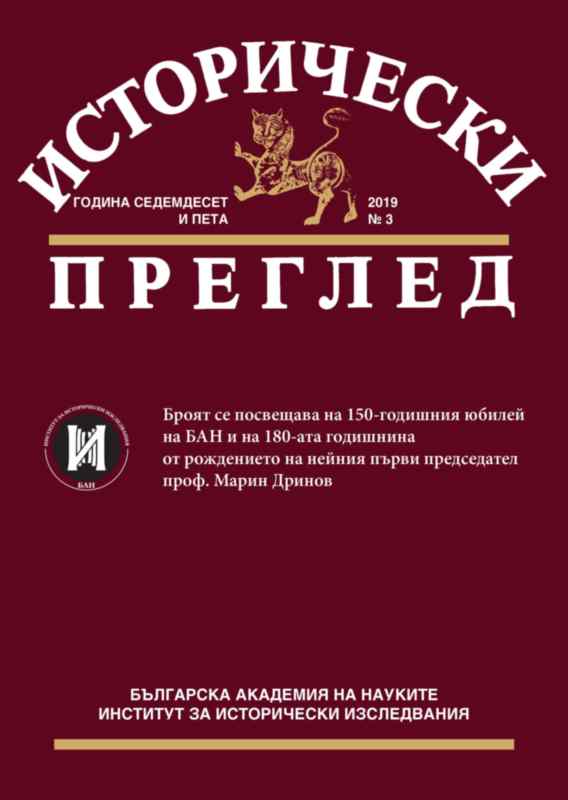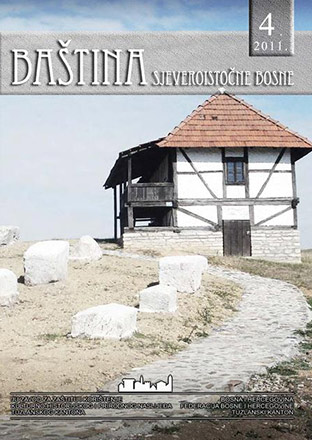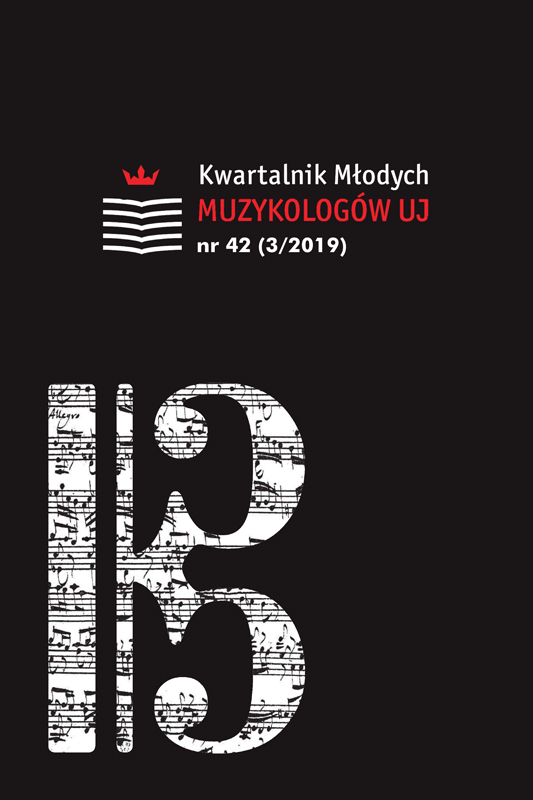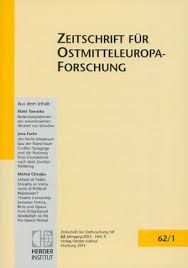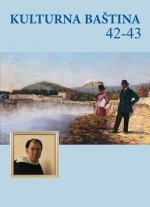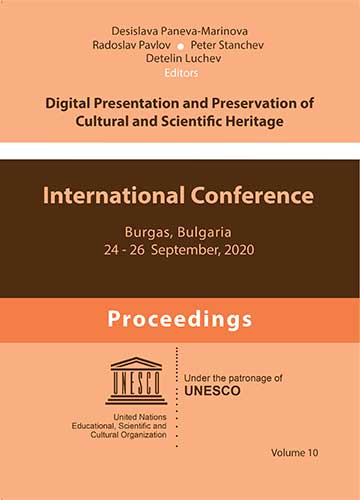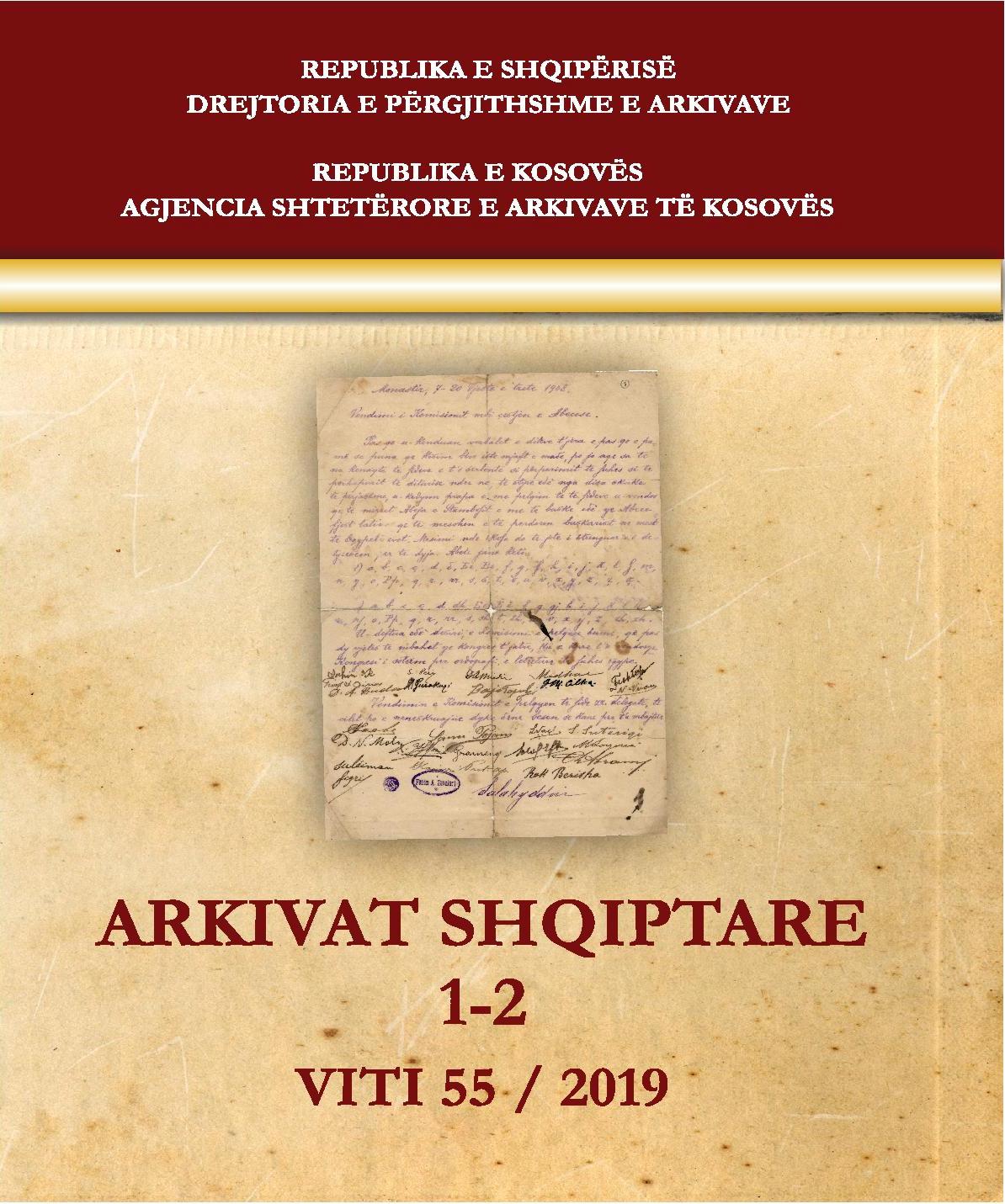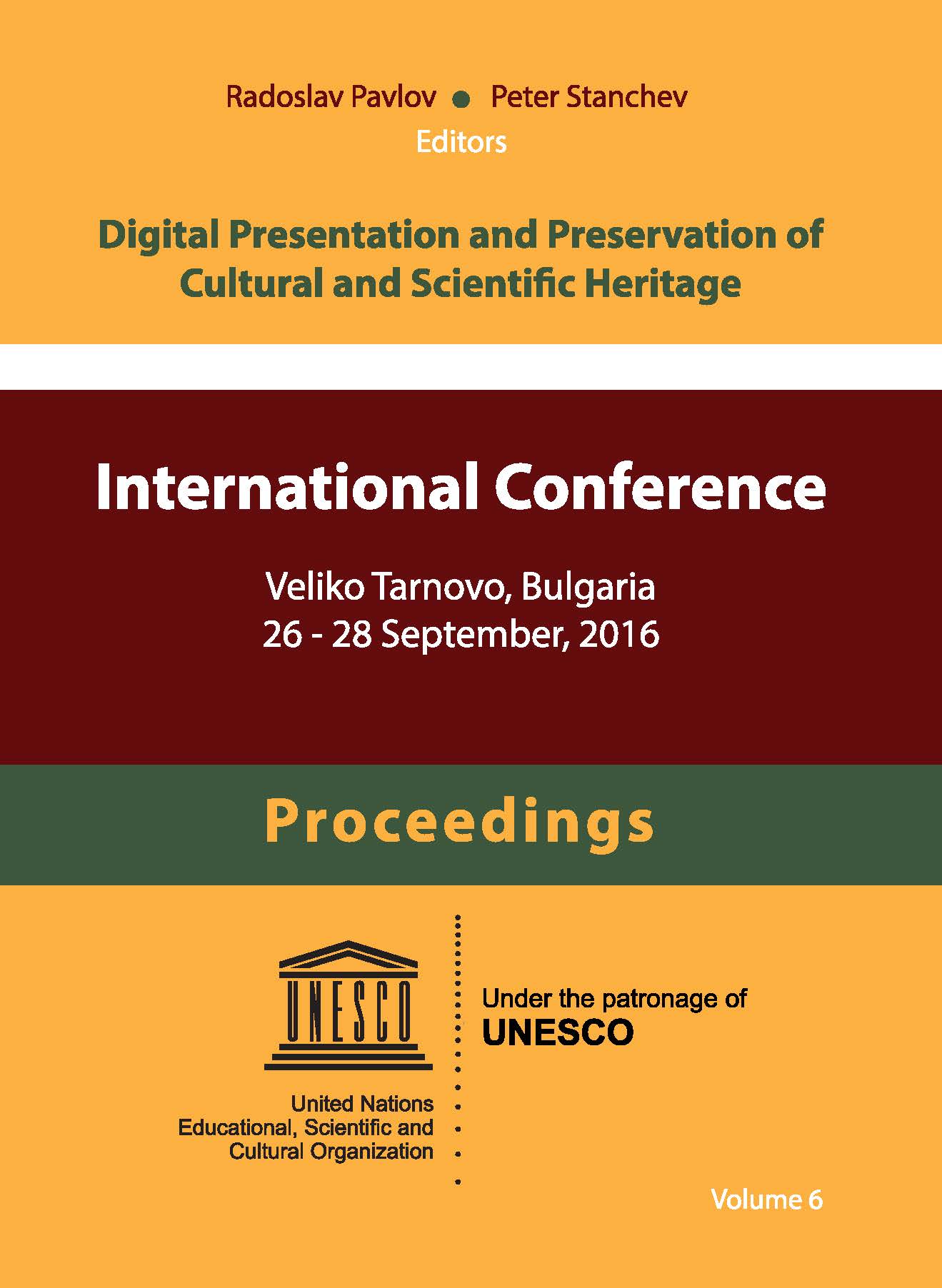
Presentation of UNESCO Bulgarian Cultural Heritage Sites as Knowledge System in a Learning Environment
The article describes cultural heritage sites in Bulgaria, under the protection of UNESCO, as database elements that can be used for e-learning. The learning environment will motivate intellectual inquiry and, through organizing the methods of collecting and managing information, will be created cultural knowledge for existing and new sites, which will be evaluated and promoted. The environment serves the State Educational Standards (SES) of educational content for the cycle Social Sciences and Civic Education. The established database presents structured, scientifically proven and didactically correct knowledge, and is a conceptual framework of how sites can be viewed, perceived and "assembled". For the users (learners) the information about sites is a basis for research and a communication tool. By interpreting the cultural significance of artifacts, they structure information based on the attributes of the database. The features of the sites are a carrier of memorable and enriching information. The meaning is not found only in a specific object, but is created from the interaction between user, message and environment.
More...
